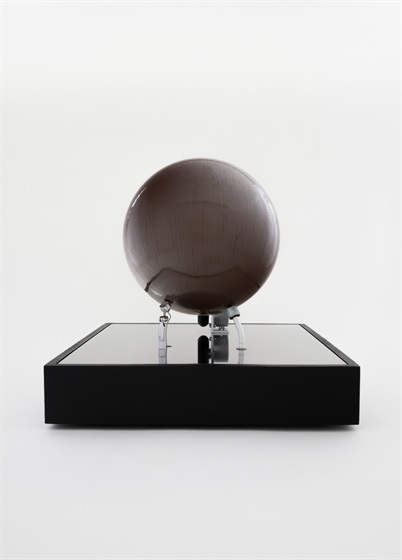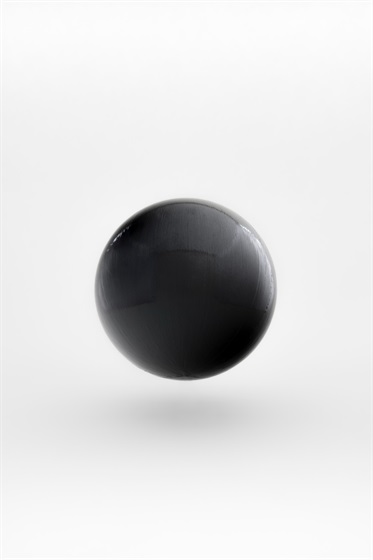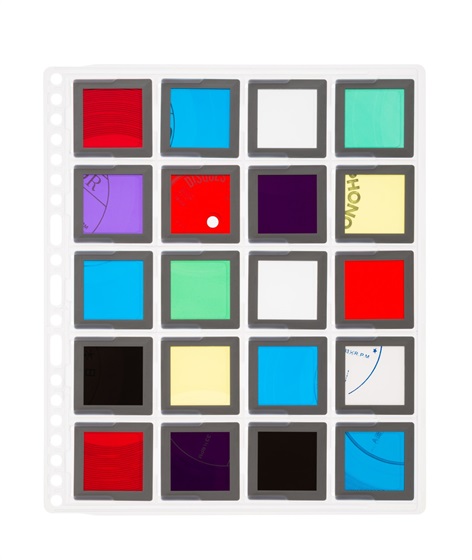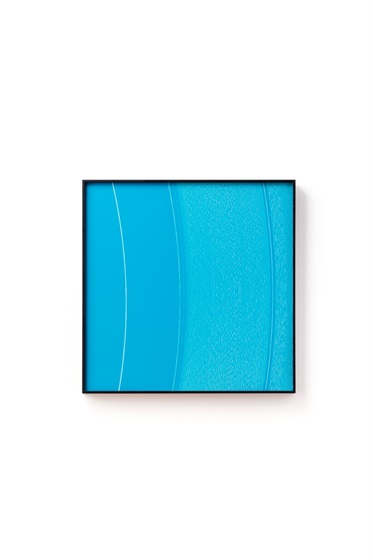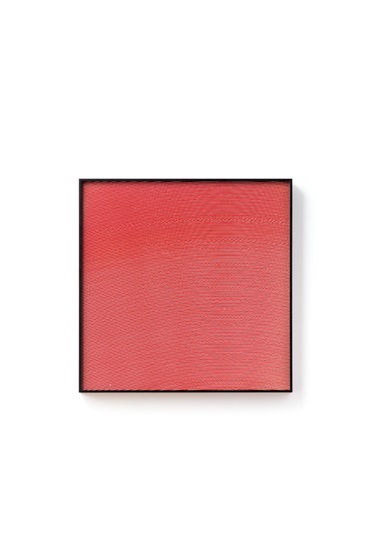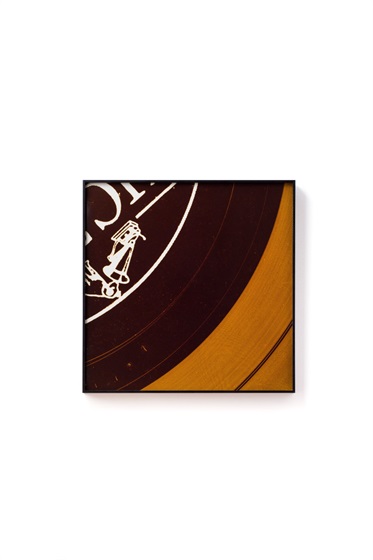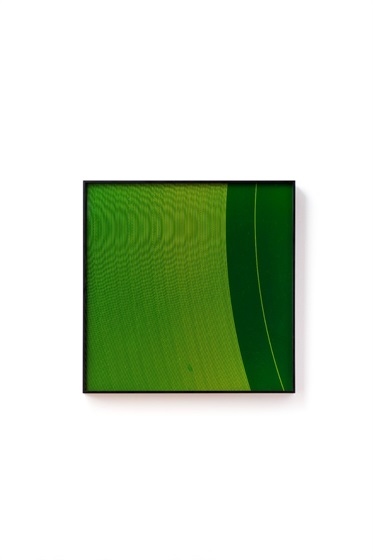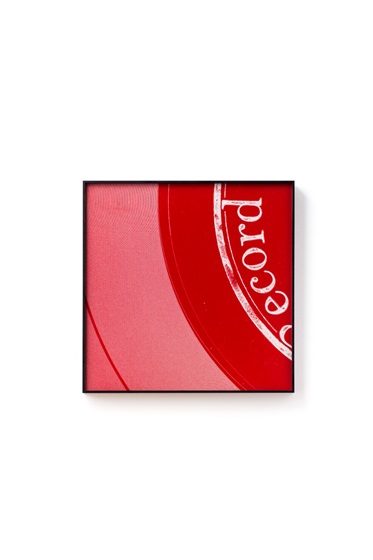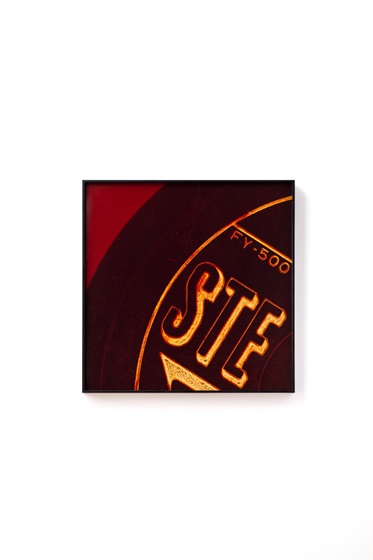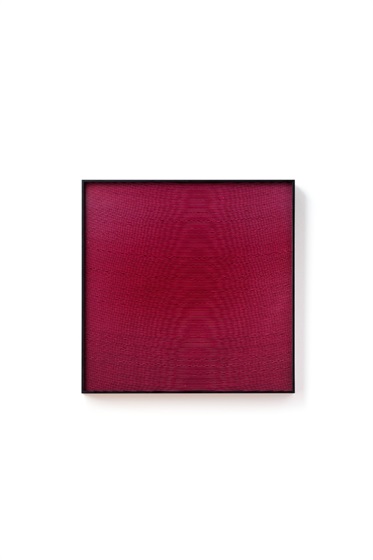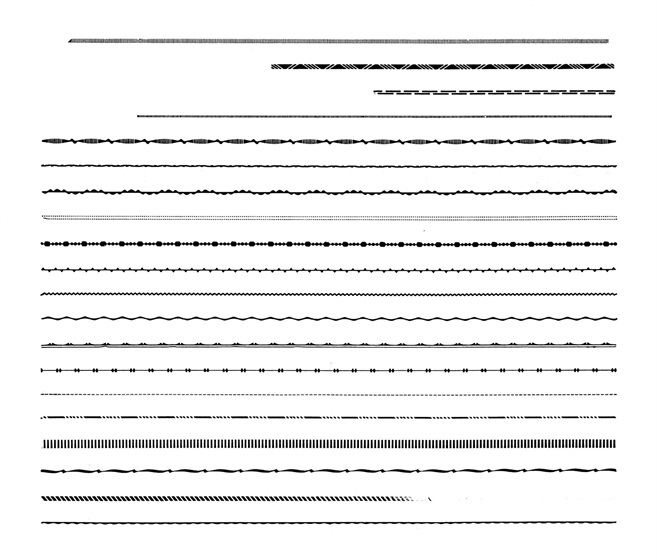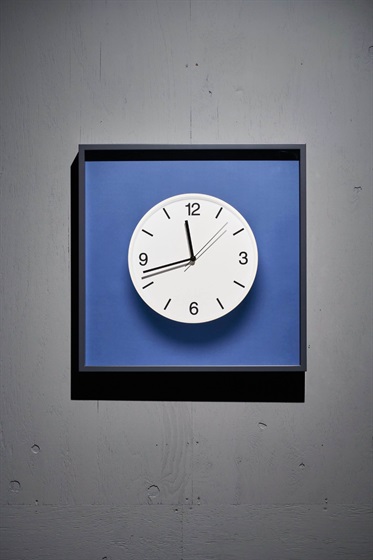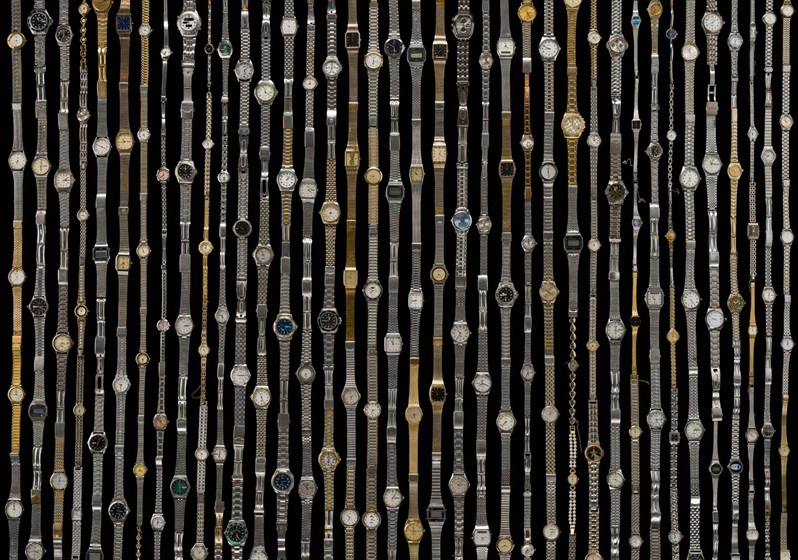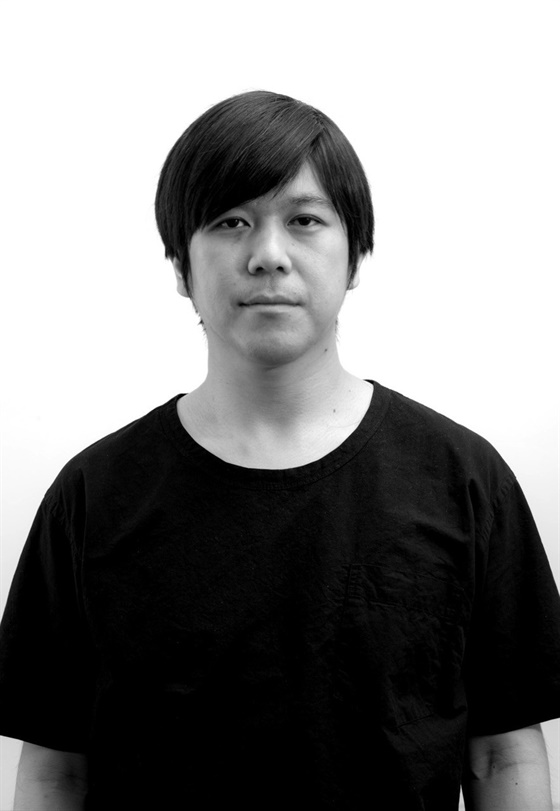W.ONESPACE is honoured to present Tokinokanade (Time’s Sonata, 时之奏), a new solo exhibition by Japanese artist Lyota Yagi (b.1980), marking his second solo show at the gallery. This exhibition continues the themes explored in the previous exhibition, including media archaeology and the study of media throughaudio, video, print, laser frequencies and other related media. Building upon that, Yagi takes a more romantic “I-novel” (Shishōsetsu) style approach to the concept of time in this new body of work. The exhibition features a series of multimedia installations including photography, sculpture, and video, further advancing Lyota Yagi’s unique creative philosophy rooted in imagination and curiosity.
The exhibition title Tokinokanade (时之奏) is inspired by the ancient Japanese court timekeeping device known as the “tokinofuda” (時简). According to historical accounts, the tokinofuda was composed of a wooden rod and a scroll inscribed with the hours of the day. Time was marked by manually turning the scroll to reveal the current hour. As one of East Asia’s earliest time device,both its construction and operation required specialised knowledge and coordinated effort. Hence, the officials were responsible for adjusting the device, recording the passage of time, and reporting it within the imperial court. Each time the hour approached, these officials would formally announce the transition, a process referred to as “tokinokanade” (時の奏).
In earlier times, the primary function of tokinokanade was to mark the rhythms of daily life, gently reminding people when to eat or rise. Unlike the singular and often ambiguous perception of time in ancient societies, our contemporary understanding of time is dispersed across countless domains, from the Nasdaq trading board to the countdown on a microwave. The modern obsession with speed, particularly in measurable units, has not only exposed inefficiencies from a production standpoint but has also extended into the realm of ethics, where lateness is increasingly viewed as a moral failing. Meanwhile, events such as “the Year 2000 problem” and “the Doomsday Clock” reflect growing unease surrounding the notion of an “accelerated society”. These phenomena suggest that we are living in an age marked by profound temporal anxiety, a condition often described as “time poverty”. Technological instruments such as the atomic clock, designed to capture the most infinitesimal increments of time, have long exceeded the limits of human perception. Yet they continue to shape our lives with silent precision through imperceptible butdetectable “tokinokanade”.
In this context, our body’s conventional perception of time is rendered obsolete. The lament of “youth fades, time flies” feels almost redundant. In a world shaped by cybernetic spectacle and AI interfaces increasingly woven into lived reality, the self is crushed across dimensions and torn between multiple poles. Yet rather than longing for corporeal sensation or surrendering to a transcendent plane, Yagi chooses neither. As revealed in his work Everyone Has Different Time, Yagi takes a curious, observational stance, documenting the disoriented, staggered perceptions of time and space unique to each individual. His subjects drift between interfaces, each experience autonomous yet fundamentally equivalent in nature. In Framed Time (2013), we witness a moment once declared frozen in time gradually reawaken, as monumentalised time markers dissolve and merge into the fluid currents of the present. For TODAY-10 (2021), Yagi aligns his format with On Kawara’s (b.1932) date paintings, yet shifts the focus towards forgotten quantum memories, tracing fragments of unobserved moments from ten years prior across the globe. Through the act of visual recognition, these scattered memories collapse into the “now”, inviting time travellers from divergent paths to continually rehearse their resistance against the ever-looming threat of temporal collapse.
It is worth noting that this year marks the twentieth anniversary of Lyota Yagi’s pioneering Ice Vinyl (2005), the work that launched his long-term inquiry into media and time. As such, Tokinokanade serves as a comprehensive and systematic reflection on Yagi’s two-decade engagement with media experimentation and the philosophy of space and time. At the same time, through a series of new works, the exhibition gestures toward the future—laying the conceptual groundwork for what he terms a “fictional science” worldview. If the Vinyl (2025), with its physical disintegration, was Yagi’s poetic response to the illusion of time as embedded in materiality, then his more recent works have shifted the focus toward the human experience of time as an abstract construct. This aligns closely with Japanese science fiction writer Yasumi Kobayashi’s (b.1962) insight in The Drunk Man: “Physics equations never demand an arrow of time; it is human consciousness that fabricates direction.” Yagi’s recent explorations into “perceived time” echo this notion. In Sound Sphere(2011), the magnetic tape unshackles itself from fixed beginnings and endings—do we, in that moment, transcend past and future simultaneously? In Screaming Line (2025), Yagi visualises “media time” as a series of linear undulations and acoustic distortions. Here, time takes shape not through clocks or calendars, but through the changing forms and flows of media itself. This counterintuitive shift gestures toward countless “possible histories” that have remained unobserved—inviting viewers to consider the latent texts that reside within the very material of media.
The artist’s worldview is deeply informed by the legacy of Fujiko F. Fujio (b.1933), who defined a distinctly Japanese form of science fiction known as “SF”—where S stands for “sukoshi” (a little) and F for “fushigi”(mystery or wonder). As a member of Japan’s so-called “lost generation” (people who born in 1980), Yagi draws inspiration from Fujiko’s ethos. Armed with wit and a playful resistance, he continues to challenge modernity’s colonisation of time. Through his humorous reactivation of ideas once deemed obsolete by the violent passage of time, Yagi revives forgotten poetics—sparkling with renewed vitality. As Kobayashi once suggested: “Time does not flow. It is a puzzle of consciousness. There are no beads, only scattered moments.”

